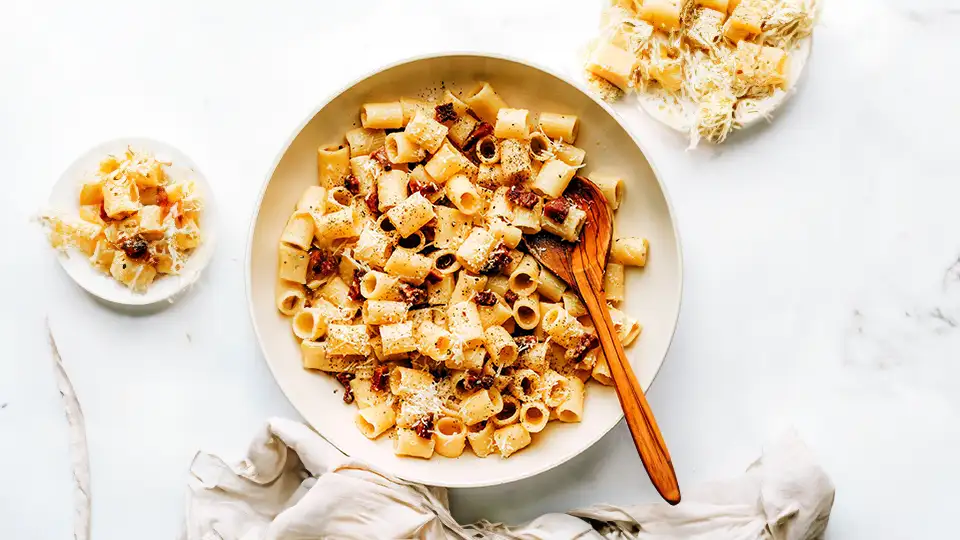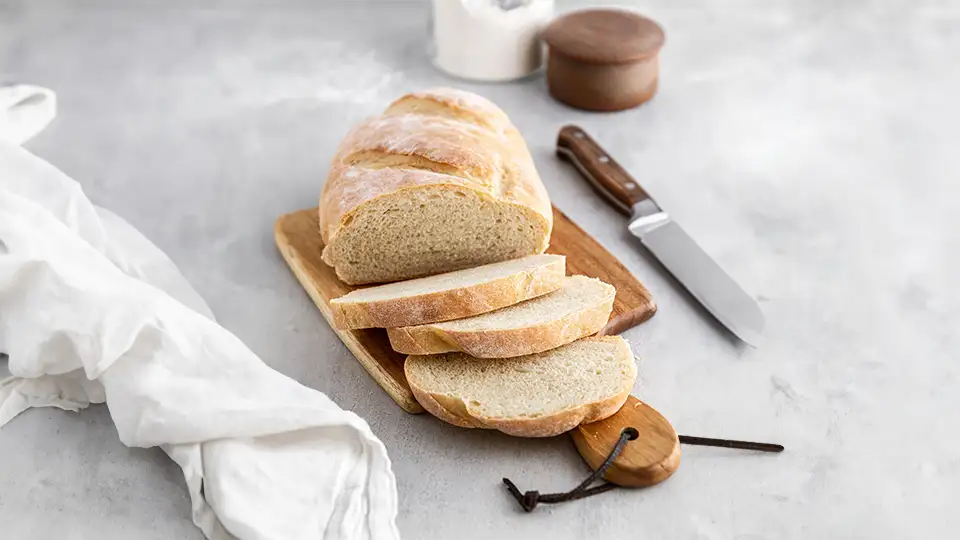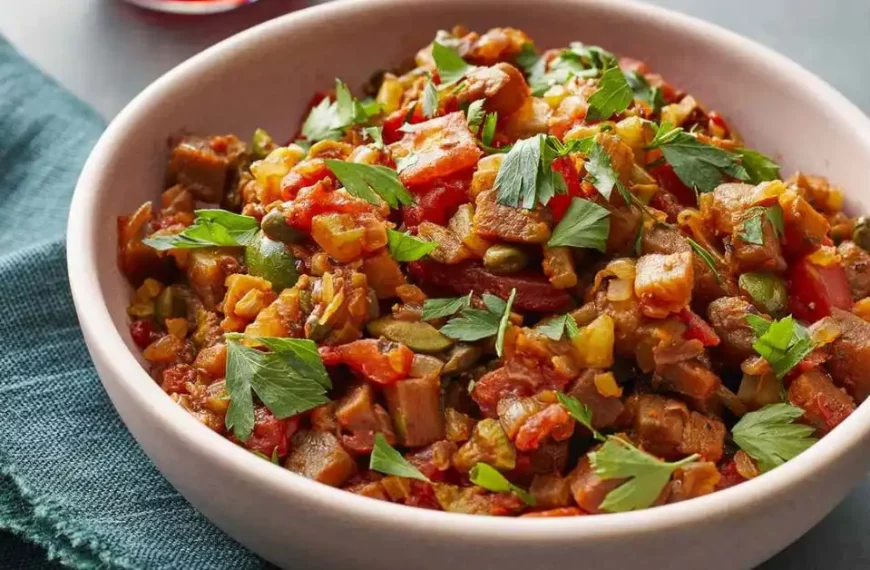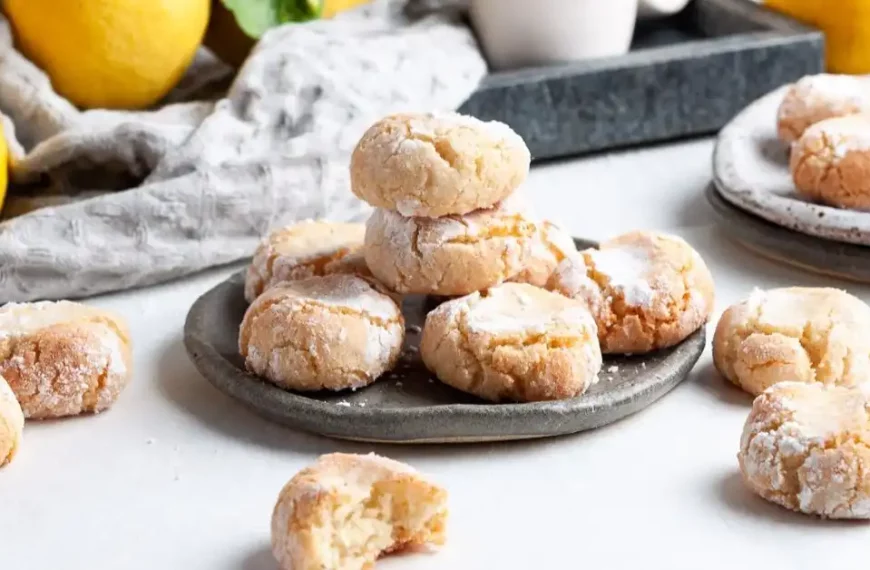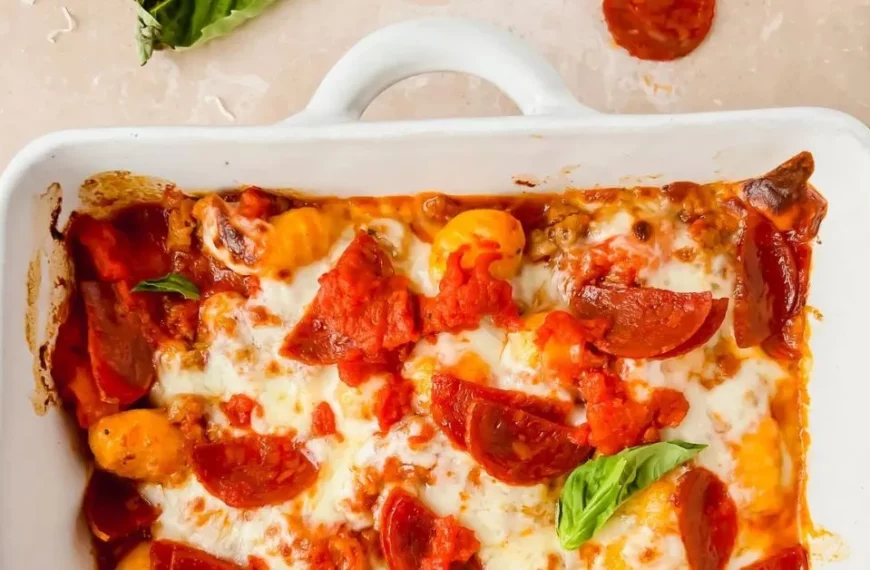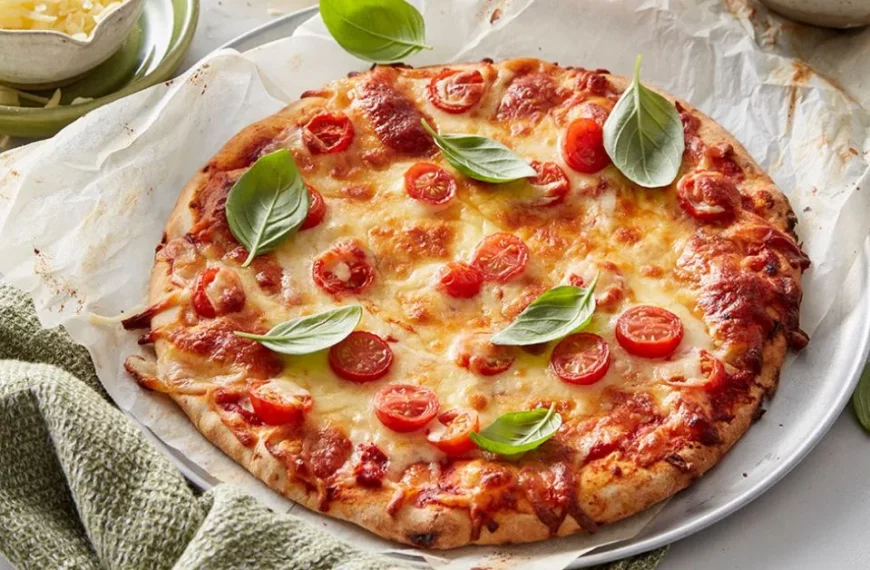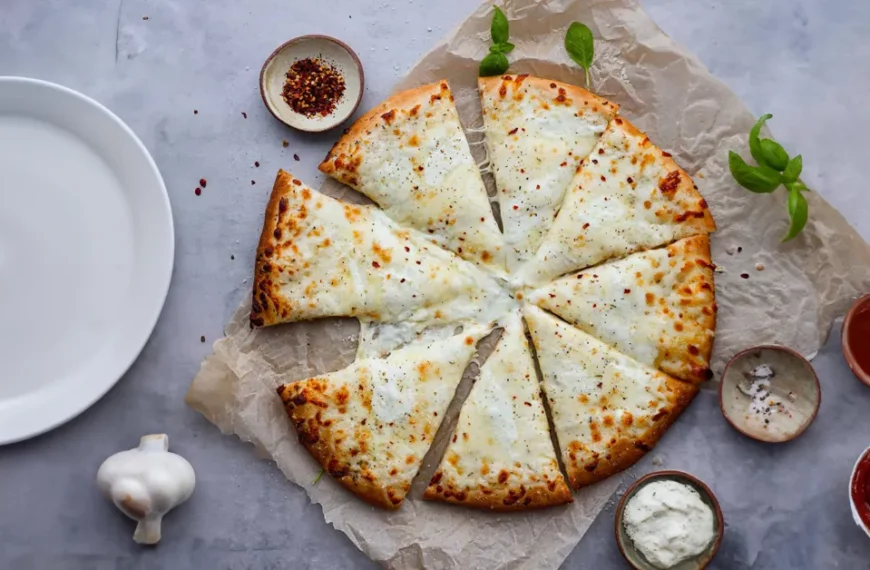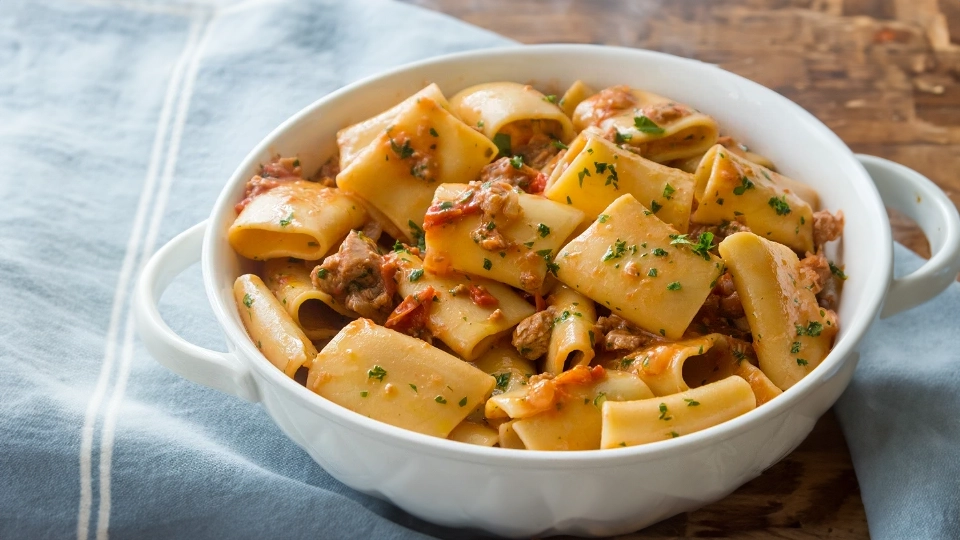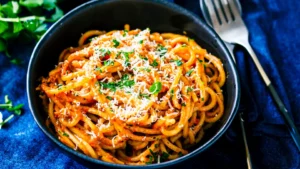In the realm of Italian pasta dishes, Pasta alla Gricia often takes a humble position, overshadowed by its more renowned counterparts – Carbonara and Amatriciana. Yet, this unpretentious recipe has a devoted following due to its subtle allure. Discover the secrets of crafting a perfect Pasta alla Gricia, representing Roman cuisine’s essence with its simple, genuine ingredients. This dish, originating from the Lazio region, combines perfectly cooked guanciale, Pecorino Romano cheese, and black pepper to create a harmonious blend of flavors that dance on your palate. The dish’s simplicity belies its depth of flavor, making it a true gem in Italian culinary heritage.

Experience the tantalizing aroma of guanciale, the cured meat made from pork jowl, and savor the creamy richness of Pecorino Romano, the aged cheese from sheep’s milk. Embark on a culinary journey that beautifully blends Italian artistry with unmatched simplicity and taste, allowing your senses to revel in the authentic flavors and textures of traditional Roman cuisine.
Pasta alla Gricia
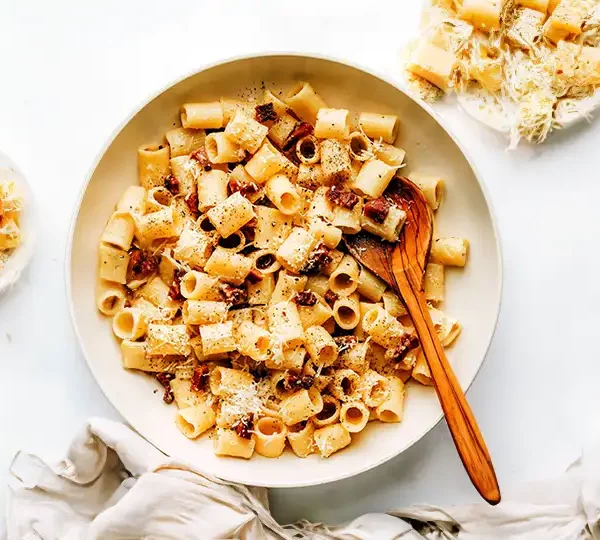
Ingredients
- 400g bucatini or rigatoni
- 200g of guanciale (cured pork jowl), diced or pork cheek
- 1 tablespoon of extra-virgin olive oil
- Freshly ground black pepper
- Pecorino Romano cheese, grated
A complete ingredients list is a mere few items; a testament to the simplicity that makes Pasta alla Gricia shine.
Instructions
- First, cook the guanciale in an olive oil-coated pan, over a low-medium heat. This slow-cooking process is vital – it allows the fat to render out, making the guanciale crispy and the oil rich with its flavor.
- While the guanciale crisps, bring a large pot of salted water to a boil. The water should taste briny like the sea – after all, it’s seasoning the pasta from within.
- Add in your pasta.
- Then, it’s a waiting game; be patient – you want the pasta al dente, still with a firm bite.
- Once the guanciale is crispy and golden brown, it’s time for the star of the show – black pepper. Pasta alla Gricia gets its creamy coating from the starchy pasta water.
- Turn the heat off the guanciale and add the black pepper – a generous amount. The aroma will be intoxicating.
- Now, with a heat-proof glass, scoop out at least a cup of the pasta water and set it aside.
- Drain the pasta and add it to the pan with the guanciale and pepper mixture.
- Turn the heat back on for the pan, medium heat this time.
- Add a ladle of the pasta water.
- Stir the pasta around as it cooks further, adding more water as necessary.
- Sprinkle over the Pecorino Romano.
- Stir vigorously – this emulsifies the water and cheese, creating a creamy sauce that coats each strand.
- The finale is a sizzling dish of perfection. Pasta alla Gricia should be served immediately, with an extra flourish of Pecorino and black pepper on top if desired.

DID YOU MAKE THIS RECIPE?
Tag @amcookingitaliano on Instagram and hashtag it #amcookingitaliano!
Tips for Customization
To take Pasta alla Gricia from a comforting weeknight meal to an impressive dinner party entree, consider these twists:
For a Twist of Spring:
- Sprinkle in some fresh peas right at the end for a sweet burst of green that brightens both the color palette and flavor profile.
A Dash of Heat:
- Add a pinch of red pepper flakes if you like a little kick in your pasta.
Meaty Alternatives:
- For a less intense flavor, pancetta or bacon can substitute guanciale.

Cheese Choices:
- If pecorino packs too much punch, a blend of Parmesan and pecorino can mellow it out.
The key to customizing Pasta alla Gricia is to respect the core flavors while adding layers that complement the dish.
How to Store
Leftovers of Pasta alla Gricia can be kept in the refrigerator for up to two days. When you’re ready to reheat, add a bit of water or cream to revive the sauce’s creaminess. Try not to overheat it, as this can cause the guanciale to become chewy.
Conclusion
In this exploration of culinary culture, we’ve laid bare the traditional beauty of Pasta alla Gricia. A dish that speaks to the heart of Italian home cooking – making the most of what you have, and never skimping on flavor. Whether you savor it alone or share it at your table, this delicious Italian classic is sure to become a staple in your repertoire.
FAQs
Q: With such few ingredients, can I get the same rich flavor?
A: Absolutely. The secret is in the technique. Take your time with each step, from rendering the guanciale to achieving the creamy finish with the pasta water and cheese.
Q: Is pecorino really that different from parmesan?
A: Yes, the flavor is notably richer and saltier. It’s a matter of personal taste, but pecorino does bring a unique tang to the dish that’s hard to replicate.
Q: What’s the best wine to pair with Pasta alla Gricia?
A: A medium-bodied red, like a Barbera or Montepulciano d’Abruzzo, would pair nicely, but many enthusiasts opt for a crisp white. The Roman favorite, Frascati, is a popular choice.

